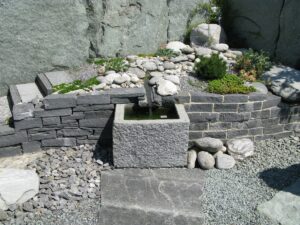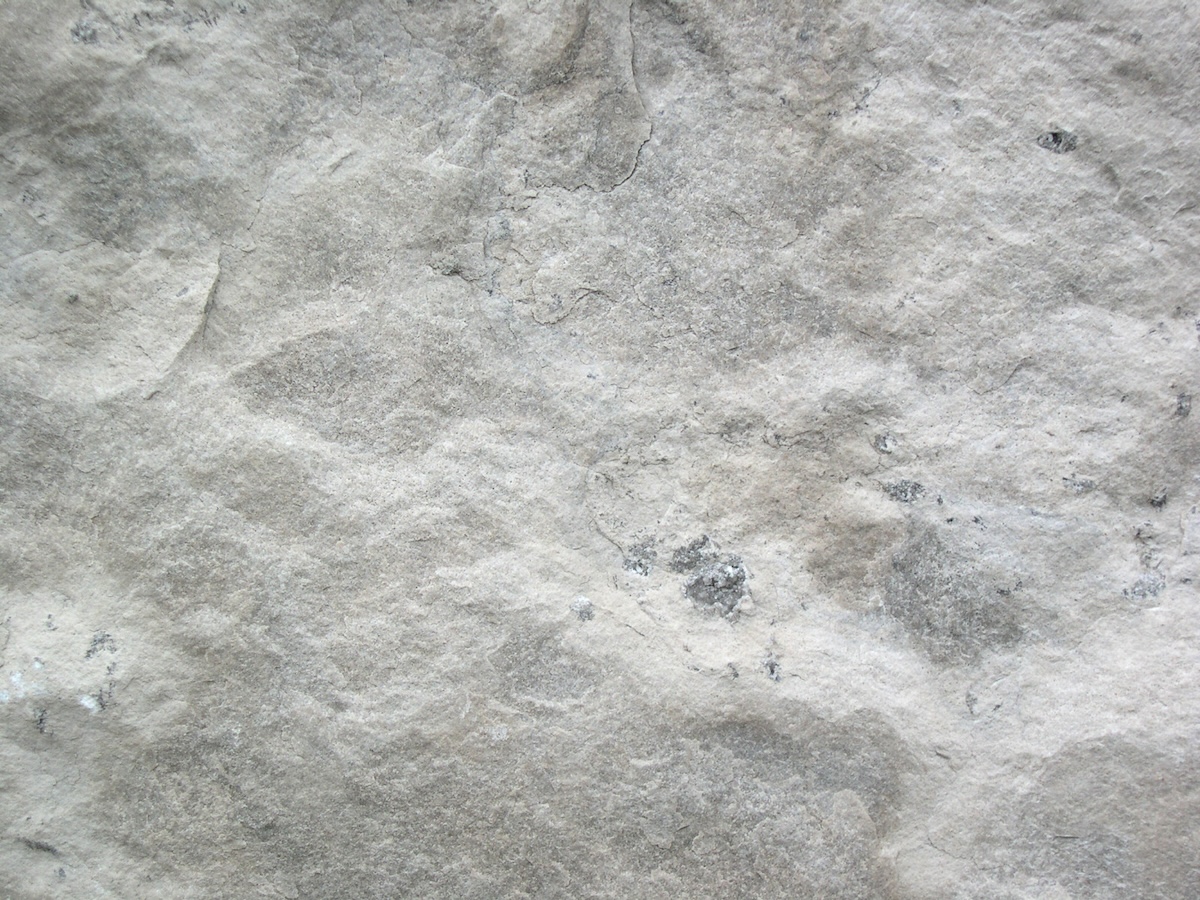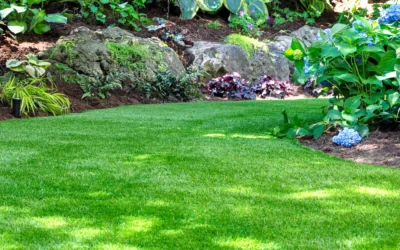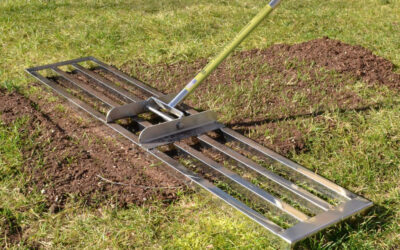 Limestone is primarily composed of calcium carbonate but may contain small amounts of clay, silt, and dolomite. If a soil test indicates low magnesium, dolomitic limestone can be used to correct both the nutrient deficiency and pH. The value of limestone is in its ability to neutralize soil acidity. When the soil in your garden or lawn reaches an acidic pH stage, certain nutrients in the soil like aluminum, manganese, calcium, magnesium, phosphorus, and iron increase to poisonous levels. Limestone will prevent the buildup of harmful lawn toxins and it can also safely improve the calcium levels in your soil limestone is a great neutralizer. Limestone types are available in a variety of sizes and styles including blocks, pellets, and pulverized. Pulverized is an excellent choice for mixing with fertilizer. It is important to apply the proper limestone/fertilizer mix to a garden lawn. We would like to give you a few suggestions at pH levels and their role in creating perfect soil for the lawn and beautiful flowers in your garden.
Limestone is primarily composed of calcium carbonate but may contain small amounts of clay, silt, and dolomite. If a soil test indicates low magnesium, dolomitic limestone can be used to correct both the nutrient deficiency and pH. The value of limestone is in its ability to neutralize soil acidity. When the soil in your garden or lawn reaches an acidic pH stage, certain nutrients in the soil like aluminum, manganese, calcium, magnesium, phosphorus, and iron increase to poisonous levels. Limestone will prevent the buildup of harmful lawn toxins and it can also safely improve the calcium levels in your soil limestone is a great neutralizer. Limestone types are available in a variety of sizes and styles including blocks, pellets, and pulverized. Pulverized is an excellent choice for mixing with fertilizer. It is important to apply the proper limestone/fertilizer mix to a garden lawn. We would like to give you a few suggestions at pH levels and their role in creating perfect soil for the lawn and beautiful flowers in your garden.
Why Apply Lime / Limestone?
Lawns need lime when low soil pH starts inhibiting the availability of nutrients. Soil pH preferences vary between regional lawn grasses but most grasses prefer soil pH between 5.8 and 7.2. When lime is added to soil, these compounds work to increase the soil’s pH, making the soil less acidic and more alkaline. Lime’s primary role is to alter soil pH and offset soil acidity, which can improve the availability of plant nutrients. When pH strays too far in either direction, even plentiful nutrients are restricted. Lime restores balance in overly acidic soil to bring pH back to optimal growing levels.
When to Apply Lime / Limestone?
Fall and spring are generally the best times to lime lawns. Fall has an added advantage, as rain, snow, and cycles of freezing and thawing help lime break down and begin to work. Traditional lime can take many months to change soil pH significantly. Existing soil pH consistency will determine the amount of lime to apply. This is all trial and error in the absence of a reliable soil test. Home pH test kits are great for identifying soil’s acidity. Or even a professional soil analysis done by a lab will provide recommendations specific to the needs of soil at your home.
How Do I Prepare My Soil For Applying Lime / Limestone?
Before adding lime, the soil must be prepared for action. Use a tiller to dig 8 to 12 inches deep. then spread the lime evenly over the entire soil area and rake into a two-inch depth. Never spread lime by hand, even with gloves on. It is less effective than a spreader, anyway, but is also not a safe practice. Lime also needs water to create a reaction in the soil, so if the soil is dry it takes longer to see any improvement in your lawn. Even under perfect moisture conditions, it can take up to one year before you see results. The fall season is usually a good time to add lime, so it has the winter moths to dissolve before the spring planting season rolls around. So this is the perfect time to test your soil and plan to add lime in the fall if it is necessary.
Request a Quote (859-635-5680) And We Will Contact You Shortly!
Calculate How Much Material You Need For Your Project
—
 About Bray Topsoil & Gravel
About Bray Topsoil & Gravel
Topsoil and gravel delivered to you by Bray Trucking, a specialized aggregate hauler servicing the Kentucky, Ohio, and Indiana region.
>>Learn More




